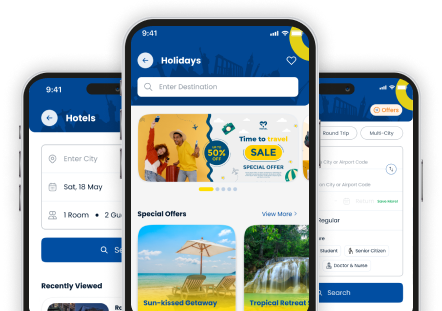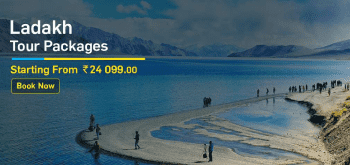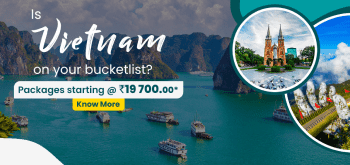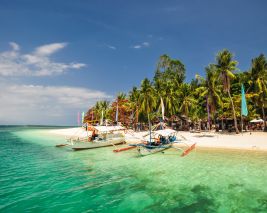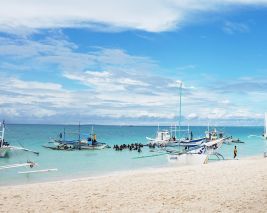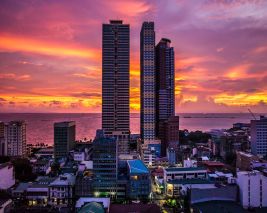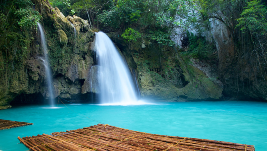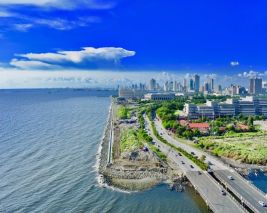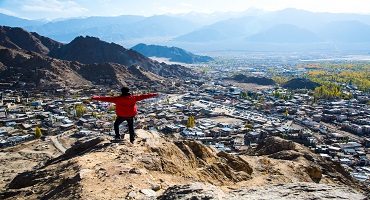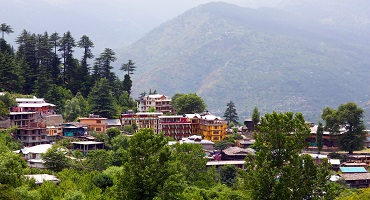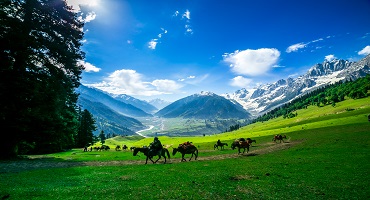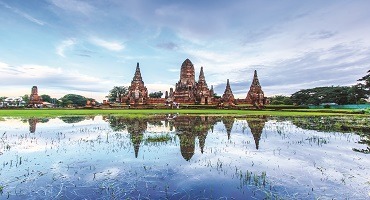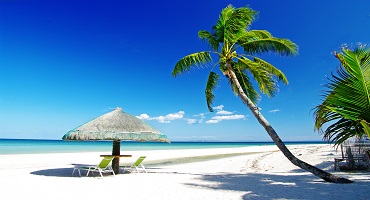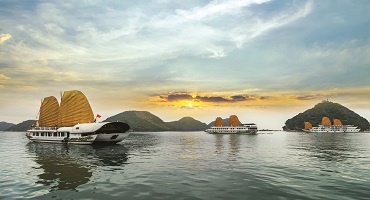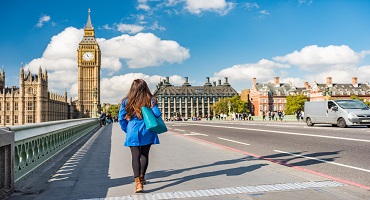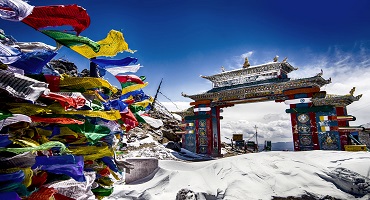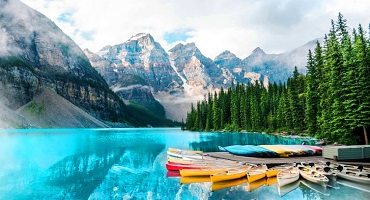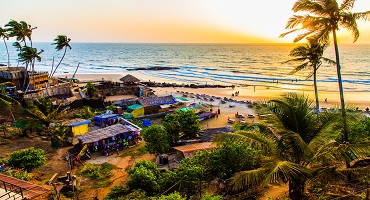Sitting at your office desk, staring out the window and wishing you could be on a paradise island right now? The blue and white waves would foam and froth at your feet, the breeze would tease its fingers through your hair. The sun would gently stroke your arms. Lush greenery would sway in the background, the people would be friendly and welcoming. It sounds like a fantasy, right? Wrong. Your paradise island is real. In fact, it’s more than one – try more than 7,500 little drops of heaven scattered on the silky blue western Pacific Ocean.
So, if you’re already making plans, start with the most important question – what would be the best time to visit the Philippines? It is, after all, the paradise you’ve been dreaming about! Each season in the Philippines brings different weather, events and activities to the land and the waters that surround it. If you’re starting to plan, your trip, you should choose the weather that is tailormade for your vacation purposes. Luckily, we’ve put together this guide to help you choose the time you want to visit the Philippines. It’s time to take the next step to making your vacation fantasies come true!
Peak Season: December to April
Shoulder Season: May and November
Off-Season: June to October
The seasons in the Philippines can traditionally be bifurcated into two: rainy and dry. We’re splitting the dry season further, into 2 to give you a more in-depth look into the best time to visit the Philippines.
|
Travel Season
|
Min/Max Temperature
|
Season
|
|
November - February
|
24-30°C
|
Cool-Dry
|
|
March-May
|
25-33°C
|
Hot-Dry
|
|
June-October
|
26-32°C
|
Rainy
|
Philippines in Cool-Dry Season (November-February)
Temperature: The Philippines experiences an average of 30 degrees high to 24 degrees low during this season.
Weather: Ah! The gateway to the dry season in Philippines is finally open in November. After months of rain, the sun peeps out, treating people to warm days across the country. This is also when humidity levels start to drop drastically. Come December, the temperature drops with the Northern regions feeling the coldest bite. The days are sunny, and the rainfall is scarce. January balances the cool atmosphere, with an abundance of pleasant weather. This is the peak of the season. Towards February, you can expect a rise in temperature. The sea temperatures are on the rise, but the days are still pleasant towards the end of the season.
Significance: Festivities abound during this chunk of the year. In November, the Philippines celebrates the Grand Cordillera Festival and the colourful Feast of San Clemente. December follows with the Feast of Immaculate Conception, the tribal thanksgiving known as Pagdidiwata, a Christmas-styled celebration known as Bicol Pastores, Christmas and New Year. Cebu’s biggest festival – Sinulog – lights up the month of January, while the same month plays host to the Ati-Atihan Festival in Aklan. January also sees central Manila worship the statue of Black Nazarene. Flowers flutter in February with the coming of Panagbega – a flower festival in Baguio City. You can also catch a Hot Air Balloon ride during the annual Hot Air Balloon Festival in Pampanga.
Why you should visit now: Have you seen the list of festivities spread out before you? Apart from those, you also have the Kaamulam Festival, Suman Festival, Pamulinawen Feista, Dinagyang and more. These festivities range from the raucous to the reverent – each of which will teach you just a little bit about the Philippine way of life. Expect floats, parades, parties, music, spirituality and a beautiful sense of community and identity during this period.
Things to know before the visit: If you’re planning to explore the Philippines, this is the time to do it! During January – the peak month of this season – the weather allows you to access many the remote islands in the Philippines – something that isn’t possible during the other parts of the year. If you are planning to move between islands, check out your ferry and flight options!
Tips: This is the peak season to visit the Philippines, so it stands to reason that the accommodation and tickets are going to be on the higher side. Do your research about fares and modes of transport and then start booking. It’s important to book with reliable and safe ferry companies, as some of these rides can be uncomfortable with a low-budget option. Book carefully!
Philippines in Hot-Dry Season (March-May)
Temperature: The Philippines experiences an average of 33 degrees high to 25 degrees low during this season.
Weather: This season, the weather gods turn up the flame on Philippines. The weather gets progressively warmer, with temperatures heading into the early 30s. Coastal regions offer respite from the heat thanks to a generous wave of cool sea breeze. April records higher temperatures than March, but also offers blue skies and hot sunny days. This month is also the last month of the dry season – the door officially shuts in April, as the humidity and heat rise significantly in May.
Significance: In March, if you’re in Abra, make sure you join the Arya! Abra Festival. In Pagsanjan, the Boatman Festival known as Bangkero occupies the first week of March. The lead up to the Easter festival in April brings with it the Moriones religious festival. The third week of this month also sees the Pasayaw festival – a sort of thanksgiving to honour St. Joseph. April offers the Boracay International Dragon Boat Festival, near the White Beach, the Turumba Festival which extends till May and the Allaw Ta Apo Sandawa, where Mount Apo is worshipped by tribals. To welcome the rain that will follow, the month of May boasts of the Flores de Mayo religious procession. Stand back in awe of Carabao Carroza – races to celebrate the water buffalo.
Why you should visit now: April is the peak month for diving in the Philippines. This is also a great time to explore Banaue’s rice terraces.
Things to know before the visit: Due to the rise in temperature, you may find things a little hot and humid. Head to the mountains, as you’ll find cooler weather there.
Tips: Post Easter, many tourists head to the popular destinations in the Philippines. If you have plans to go to locations like Boracay or Palawan, book in advance as these places fill up quickly with tourists.
Philippines in Rainy Season (June-October)
Temperature: The Philippines experiences an average of 32 degrees high to 26 degrees low during this season.
Weather: The rains come sweeping in from the North in June, spreading to the South over the month. The tempo and patter of rain only increases in July, as the showers get heavier. Throughout this season, islands like Cebu, Siargao and Bahol stay relatively dry. August and September experience more rainfall, and September is considered to be the wettest month of the year. Respite from the rain finally comes in October, when the rain starts to thin out.
Significance: 12th June is the Independence Day of the Philippines, and the celebrations are elaborate, to say the least. In July, you can watch the Sandugo Festival as it plays out in Tagbilaran City. In August, Davao surrenders an entire week to the Kadawayan sa Davao harvest festival. The festival is massive, celebrated with military parades, street dances, horse fights and other spectacles. This is a sight you don’t want to miss.
Why you should visit now: All that rain has huge benefit to the greenery of the Philippines. It’s unbelievably lush and green during this time of the year. If you’re looking for a lush wonderland to explore, then Philippines during the monsoon is that place.
Things to know before the trip: As lush as the Philippines are, bear in mind, that this is also the season for typhoons. Starting August and extending till October, typhoon season rears its head with a vengeance. Therefore, if you are planning to visit, do exercise extreme caution and visit some of the drier islands or book your tickets post mid-October.
Tips: If you’re looking for sunshine, Cebu is the place to be this season. The rain is relatively scarce (compared to other areas) and you can actually enjoy the luxury of warm, sunny days. Do note, that the Northern regions experience torrid rainfall and you may not be able to visit some of the more remote islands in the Philippines.
Excited? Enchanted? You should be! The Philippines promises a trip bursting with beauty and festive moments. So, what are you waiting for? Head over to our Philippine Holiday Packages and book your tickets!
